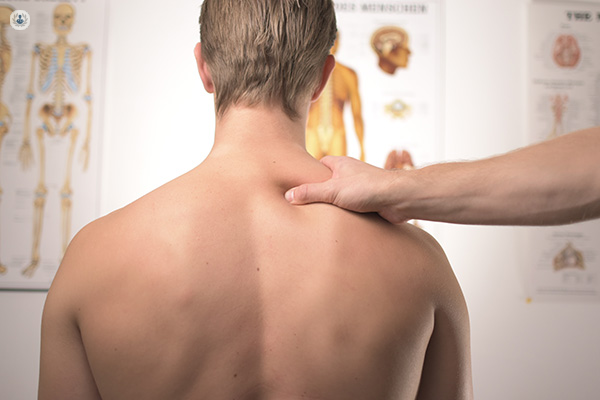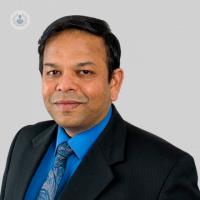Back pain is one of the most common health complaints worldwide, affecting people of all ages. Whether it manifests as a dull ache or sharp, debilitating discomfort, back pain can significantly reduce quality of life. Understanding its causes is the first step toward finding effective relief.
While back pain may result from various factors, some common culprits include poor posture, muscle strain, degenerative conditions, and injury. Here to explain more is revered pain medicine specialist, Dr Prabhu Gandhimani.

Causes
One of the leading causes of back pain is muscle or ligament strain. This often occurs when individuals engage in improper lifting techniques or experience sudden awkward movements that overstretch muscles.
Repeated heavy lifting or a sudden strain can cause microtears in muscles or ligaments, resulting in persistent discomfort. Another frequent cause is poor posture, particularly in people who spend long hours sitting at desks or working in positions that misalign the spine. Over time, this can lead to chronic back pain as the spine becomes strained.
Degenerative conditions, such as osteoarthritis and degenerative disc disease, are also common contributors to back pain. As people age, the discs between vertebrae can wear down, causing pain, inflammation, and decreased mobility. In some cases, herniated or bulging discs can put pressure on surrounding nerves, leading to more severe symptoms, such as sciatica—a condition that causes sharp, radiating pain down the legs.
Management
In recent years, revolutionary methods for relieving back pain have gained traction. Traditional treatment approaches, such as physical therapy, pain medications, and surgery, are now supplemented by advanced techniques like regenerative medicine, spinal cord stimulation, and minimally invasive procedures.
One promising approach is regenerative therapy, which involves injecting growth factors or stem cells into damaged tissues to stimulate healing and repair. This method offers hope for those suffering from degenerative conditions and chronic pain, without the need for extensive surgery.
Another breakthrough in pain management is spinal cord stimulation (SCS). This technique involves implanting a small device near the spine that sends electrical pulses to disrupt pain signals before they reach the brain. SCS can be highly effective in managing chronic pain and has provided relief for patients who have not responded to other treatments.
In addition to these innovative approaches, lifestyle changes, such as adopting proper posture, engaging in regular exercise, and practicing stress-reducing activities like yoga or meditation, play an essential role in preventing and managing back pain. By combining these strategies, individuals can effectively manage and, in some cases, eliminate back pain, leading to a more active and pain-free life.



